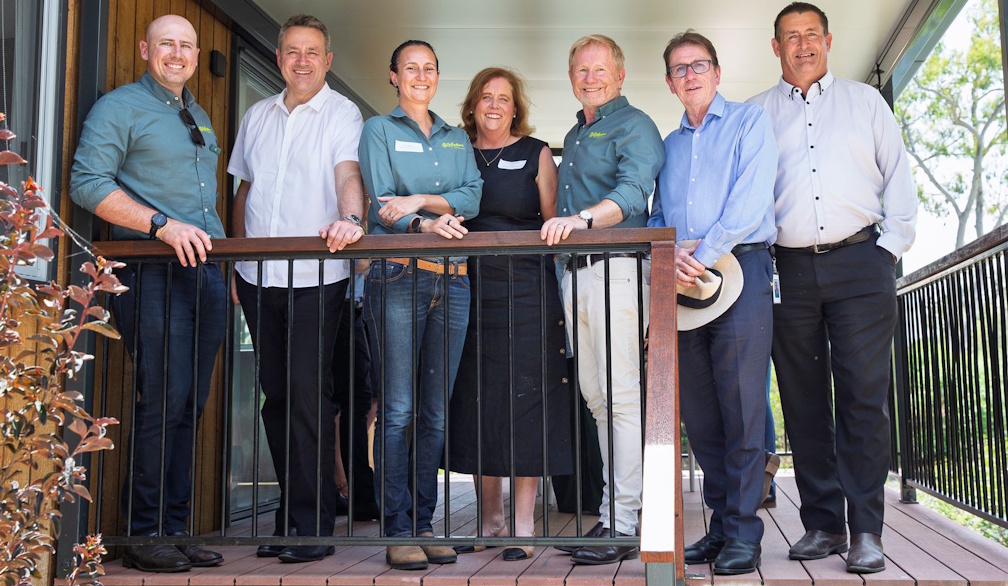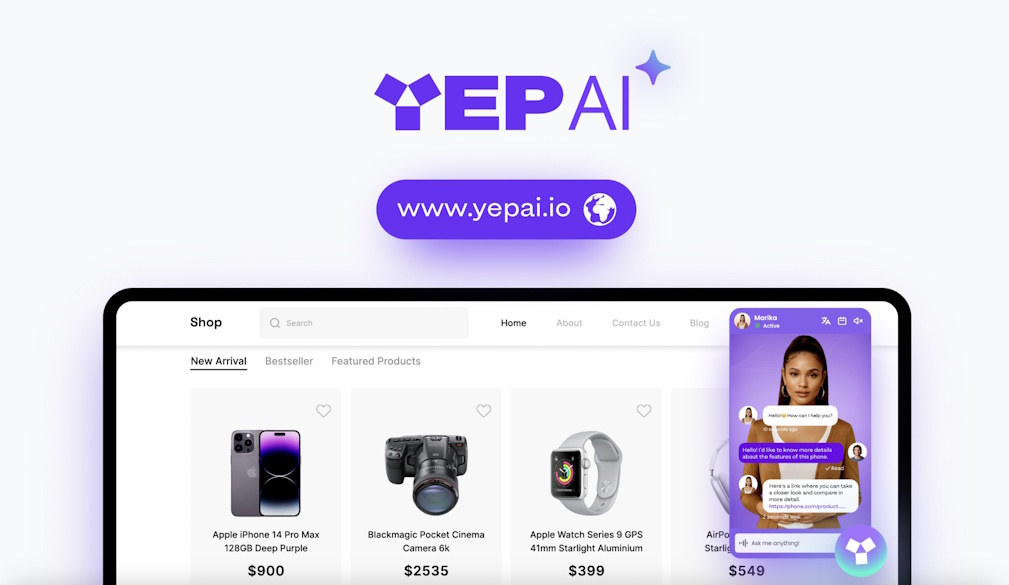MilkRun's demise is another nail in the 10-minute grocery-delivery business model
- Written by Mark Humphery-Jenner, Associate Professor of Finance, UNSW Sydney

Sydney-based startup MilkRun made a big splash with its promise to deliver groceries within ten minutes, raising more than A$85 million[1] from some of the biggest names in Australian venture capital, including Atlassian billionare Mike Cannon-Brookes.
MilkRun’s co-founder and chief executive Dany Milham had already found success with fast-delivering mattress company Koala. Less than a year ago he was confidently predicting MilkRun would be bigger than Coles or Woolworths within ten years[2].
Today the company is finished, with more than 400 staff made redundant.
It has joined a lengthening list of platform delivery companies that have done their dash in the Australian market. This include three other local startups promising 10-minute deliveries – Send[3] in May 2022, Voly[4] in November 2022, and CoLab[5] which went into voluntary administration last week. British-owned Deliveroo shut down[6] its Australian operations in November 2022, while German-owned Foodora exited in 2018.
Read more: Deliveroo's exit from Australia shows why gig workers need more protection[7]
In an email to staff[8], Milham attributed MilkRun’s end to the slowing economy:
Economic and capital market conditions have continued to deteriorate, and while the business has continued to perform well, we feel strongly that this is the right decision in the current environment.
Certainly the effect of things like inflation increasing operating costs (including debt) as well as curbing discretionary spending can’t have helped.
But even in the best of conditions, MilkRun faced an uphill climb.
Could Milkrun ever make money?
Milkrun was, obviously, not profitable. This was not a problem per se. Many startups lose money for years before becoming immensely profitable. For example, Amazon, founded in 1994, didn’t have its first profitable year until 2003[9].
Some startups require significant scale to be profitable. Others forego profit to grow market share. Presumably the big name-venture capital firms that poured money into MilkRun – Cannon-Brookes’ private investment company Grok Ventures[10], Airtree Ventures[11] (which invested in Canva), and New York-based Tiger Global Management[12] – saw such potential.
But what was that potential, exactly? How could MilkRun ever scale to become profitable? Was there really a big enough market for super-quick grocery delivery? Or were they swept along by the mania for delivery ventures that came with the pandemic, lockdowns and the surge in online ordering in 2020 and 2021?
MilkRun commenced during the pandemic – the perfect time for “last mile” deliveries. But by mid-last year, with lockdowns a thing of the past, the numbers didn’t look great.
It was still losing at least $10 on each delivery[13]. Though that was much better than the $40 loss it had initially been making, Milham’s plan to soon become profitable would involve, in June 2022, dropping[14] MilkRun’s 10-minute delivery pledge – undermining its key branding point.
Costs would have gone up anyway
Even without the unexpected economic hit of inflation over the past year, MilkRun faced escalating costs.
To grow market share, it would have to expand out from the high-density, affluent inner-city areas. Operating in more suburban areas, with longer distances and more dispersed customers, would compound “last mile” delivery costs.
Any hint of profitability would also inevitably arouse competition from the major supermarkets[15], whose thousands of suburban stores and supply chains positioned them to compete in the express delivery market any time they chose.
The cost of MilkRun’s “dark store” distribution network, set up when rents were suppressed by closed borders, were also likely to increase.
Narrow path to profitability
Perhaps MilkRun’s goal was to grow market share until drone delivery became viable or other business lines (such as alcohol delivery) and profit opportunities arose. But, on present unit economics, even in ideal conditions, this was a tall ask in a post-pandemic world.
Arguably the writing has been on the wall for about year, with MilkRun reportedly unable to persuade any investors to sink more money[16] into the company.
Venture capitalists know many of the startups they fund will fail. They will back an idea early on, when a path to profitability is unclear. But they will not keep pumping in more money if a path does not materialise.
It is easy to be a “Monday expert”, decrying decisions from a position of perfect hindsight. But MilkRun always had a challenging business model, something ever more apparent as the world emerged from lockdowns, demand subsided, cost of living pressures increased and business costs rose.
References
- ^ more than A$85 million (www.startupdaily.net)
- ^ within ten years (www.afr.com)
- ^ Send (www.news.com.au)
- ^ Voly (www.9news.com.au)
- ^ CoLab (www.theaustralian.com.au)
- ^ shut down (theconversation.com)
- ^ Deliveroo's exit from Australia shows why gig workers need more protection (theconversation.com)
- ^ email to staff (www.abc.net.au)
- ^ profitable year until 2003 (www.computerworld.com)
- ^ Grok Ventures (grok.ventures)
- ^ Airtree Ventures (www.airtree.vc)
- ^ Tiger Global Management (www.tigerglobal.com)
- ^ losing at least $10 on each delivery (www.forbes.com.au)
- ^ dropping (www.smh.com.au)
- ^ supermarkets (www.smartcompany.com.au)
- ^ to sink more money (www.smartcompany.com.au)
Authors: Mark Humphery-Jenner, Associate Professor of Finance, UNSW Sydney












